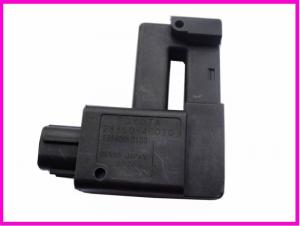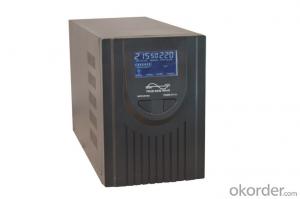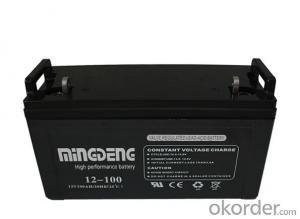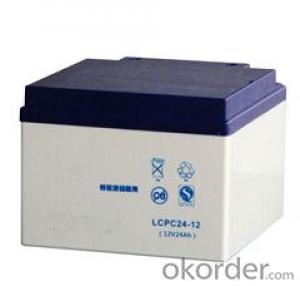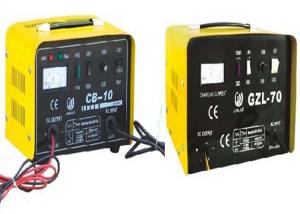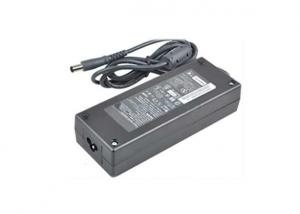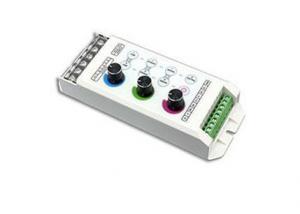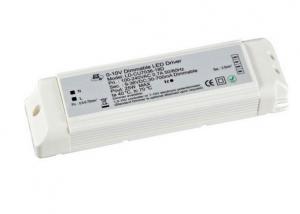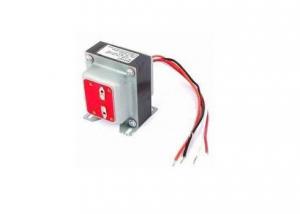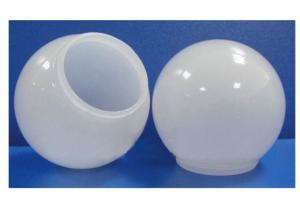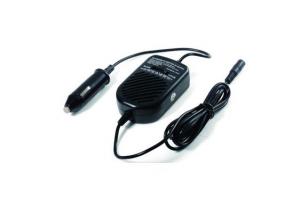Inverter Solar Panel Battery
Inverter Solar Panel Battery Related Searches
Solar Panel Inverter Battery Solar Inverter Battery Inverter Solar Battery Solar Power Inverter Battery Inverter Battery Solar Solar System Inverter Battery Battery Solar Inverter Solar Power Battery Inverter Solar Battery Inverter Battery Inverter Solar Solar Battery For Inverter Inverter Solar Panel Charge Inverter Battery Solar Solar Panel Inverter Best Solar Inverter Battery Solar Inverter Battery Combo Solar Battery With Inverter Solar Panels Inverter Solar Battery Inverter Kit Panel Solar Inverter Inverter Solar Panels Inverter Battery Solar Charger Solar Inverter Panel Power Inverter Solar Panel Inverter For Solar Battery Solar Panel Inverter Kit Solar Power Inverter Charger Solar Inverter Charger Battery Inverter Solar System Solar Inverter Battery PriceInverter Solar Panel Battery Supplier & Manufacturer from China
Inverter Solar Panel Battery is a combination of solar panels, inverters, and batteries designed to store and convert solar energy into usable electricity. This system is essential for providing a reliable power source in both residential and commercial settings, particularly in areas with limited access to traditional power grids. The Inverter Solar Panel Battery system is highly efficient and environmentally friendly, making it a popular choice for those looking to reduce their carbon footprint and save on energy costs.The Inverter Solar Panel Battery system is widely used in various applications, such as off-grid homes, remote cabins, commercial buildings, and even in emergency backup power systems. This product is ideal for scenarios where a stable power supply is crucial, and it can be used in conjunction with other renewable energy sources like wind turbines to create a hybrid power system. The versatility of the Inverter Solar Panel Battery system allows it to adapt to different energy demands and environmental conditions, ensuring a consistent power supply.
Okorder.com is a reputable wholesale supplier of Inverter Solar Panel Battery systems, boasting a large inventory of high-quality products to cater to the diverse needs of customers worldwide. With a commitment to providing excellent customer service and competitive pricing, Okorder.com has established itself as a trusted source for Inverter Solar Panel Battery systems. By partnering with leading manufacturers and continuously updating their product range, Okorder.com ensures that customers have access to the latest technology and the most efficient solutions for their energy needs.
Hot Products



